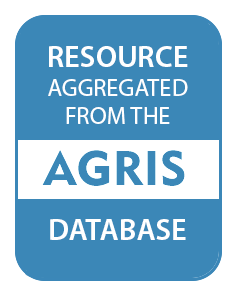Resource information
Different land‐use affects the organization of mineral soil particles and soil organic components into aggregates and the consequent arrangement of the aggregates will influence essential ecosystem functions. We investigated a continuous rubber plantation (forested), land fallowed for 10 y (fallow), 10‐y continuous arable cropping land and cropped land with top soil removed (TSR) for concentrations of C, N, and P in bulk soil and dry aggregates. Results showed that a high level of soil disturbance decreased the proportion of surface (0–15 cm) soil aggregate stability (low mean weight diameter) in TSR by 149% and arable cropping by 125% compared with the forested. Aggregate associated SOC was higher in aggregate‐size fractions of forested land‐use when compared with that in 10‐y fallow, continuous arable cropping, and TSR. For aggregate associated N, fallow and forested land‐use types concentrated higher proportion across aggregate sizes than the arable cropping and TSR. Macro aggregate fractions generally contained higher concentrations of C, N, and P compared with the micro‐aggregates. Water transmission indicators like total porosity and saturated hydraulic conductivity recorded higher values with forested and fallow land‐use than the others. We can thus conclude that long‐term soil disturbance due to cultivation and removal of top soil reduces the accumulation of soil C, N, and P in bulk soil and decreases water transmission properties. On the other hand, aggregate‐associated C, N and P accumulations are dependent on the level of soil surface disturbance and aggregate sizes.


